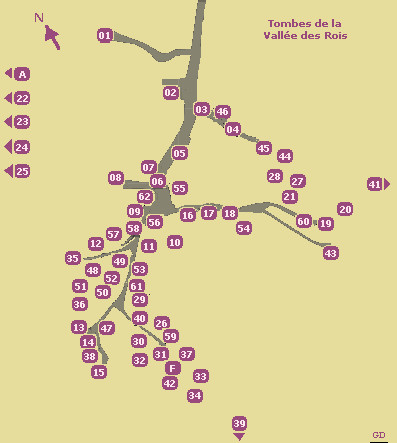“A Middle Kingdom Mortuary Ritual Reflected in Writing: A Case Study from Asyut” Ilona Regulski (EEG Meeting Talk)
In July Ilona Regulski visited us at the Essex Egyptology Group to talk about her work on some Middle Kingdom texts written on papyrus fragments from Asyut. She is now working at the British Museum as a curator, but this talk was about the work she did before starting that job so the papyrii in question are not at the British Museum but instead are in the collection at the Neues Museum in Berlin. Their accession numbers are P10480-10482, and she used those as names for the pieces when talking about them. Regulski began her talk by giving us context for the papyrii. They were acquired by Ludwig Borchardt (who also acquired the Nefertiti bust for the Neues Museum), who bought them in Luxor. The seller said they’d been found in Asyut and this provenance is confirmed by textual details which she explained later in the talk. Asyut is the… Read More »“A Middle Kingdom Mortuary Ritual Reflected in Writing: A Case Study from Asyut” Ilona Regulski (EEG Meeting Talk)
